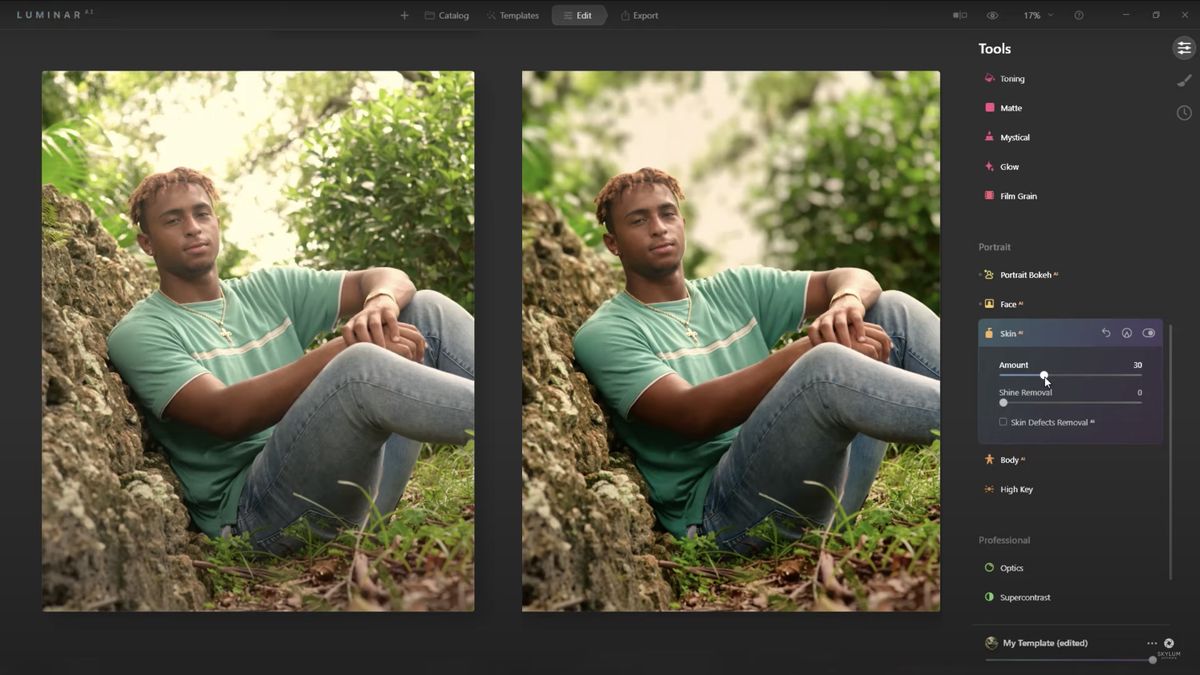

For example, you can’t attach a Nikon DSLR lens to a mirrorless camera. Even lenses made by the same brand have limited compatibility. Even though there are examples of 2 or more brands using the same mount (Micro Four Thirds by Panasonic and Olympus, or the L-mount being shared by Panasonic, Leica, and Sigma), usually you can’t just attach any lens you want to your camera.

For instance, Nikon and Canon products are completely incompatible. The moment you purchase an interchangeable lens camera, you become tied to a specific manufacturer and all the lenses that are compatible with it. The first number describes the amount of light received at its widest range while the second figure shows how much light is transmitted at maximum zoom. Telephoto lenses typically have bigger aperture values, while zoom models have two numbers in their descriptions (like f/2.8-5.6). Most photographers are completely satisfied with apertures in the f/2.4-f/3.2 range and don’t go lower than that, since lenses with higher apertures cost less. In theory, the best aperture would be 1, but such a level of light transmission is currently unattainable, which is why even the best lenses have a max aperture of about f/1.2. The lower the aperture value, the more light your camera will receive. Aperture is described as a number like f/2.8. If a lens can pass through a lot of light, you’ll be able to take beautiful photos even in poor lighting conditions without suffering from blur. This characteristic is determined by the amount of light that the lens can transmit to the camera’s sensor at its widest. You can always find out the max aperture of a DSLR wide angle lens in its description.


 0 kommentar(er)
0 kommentar(er)
